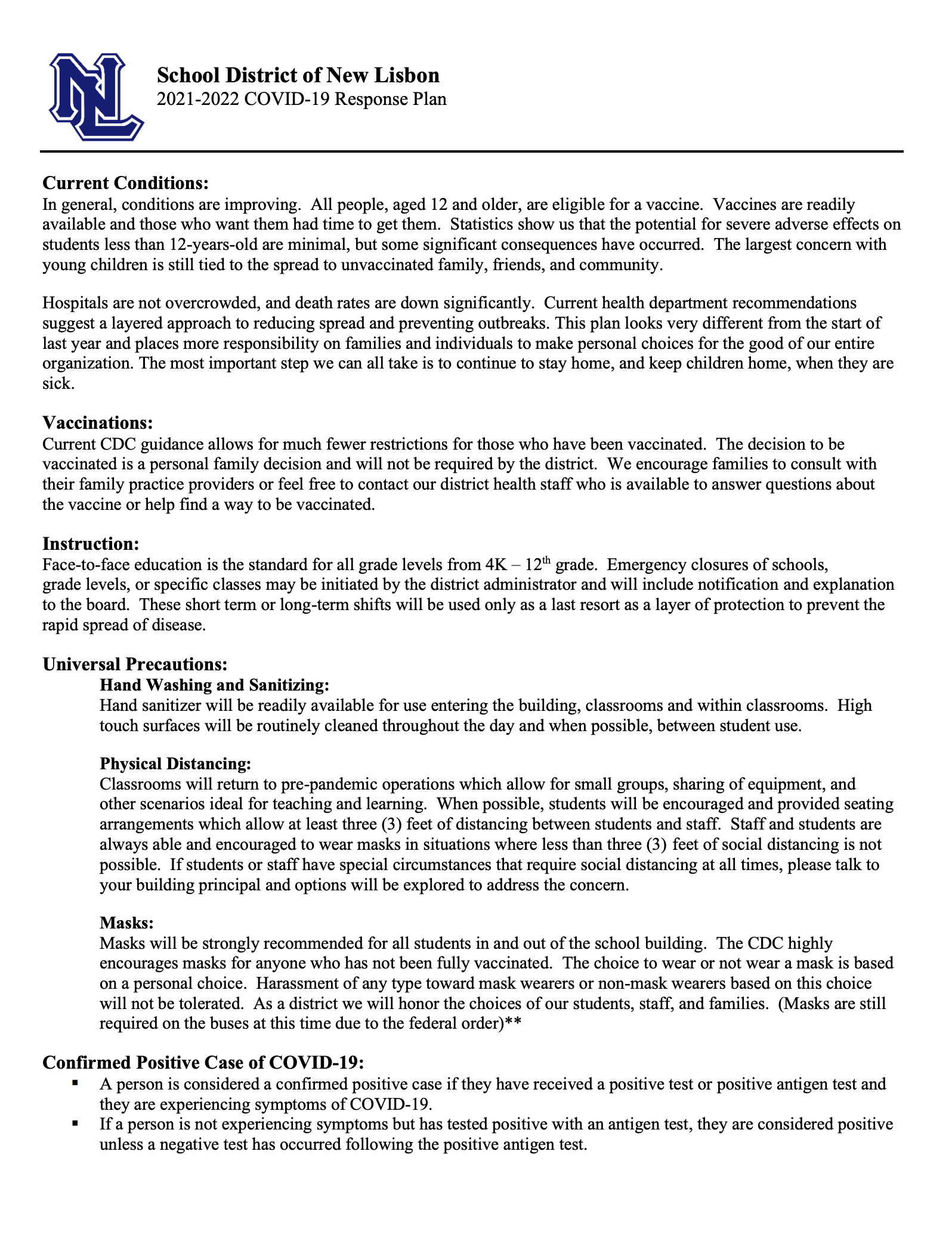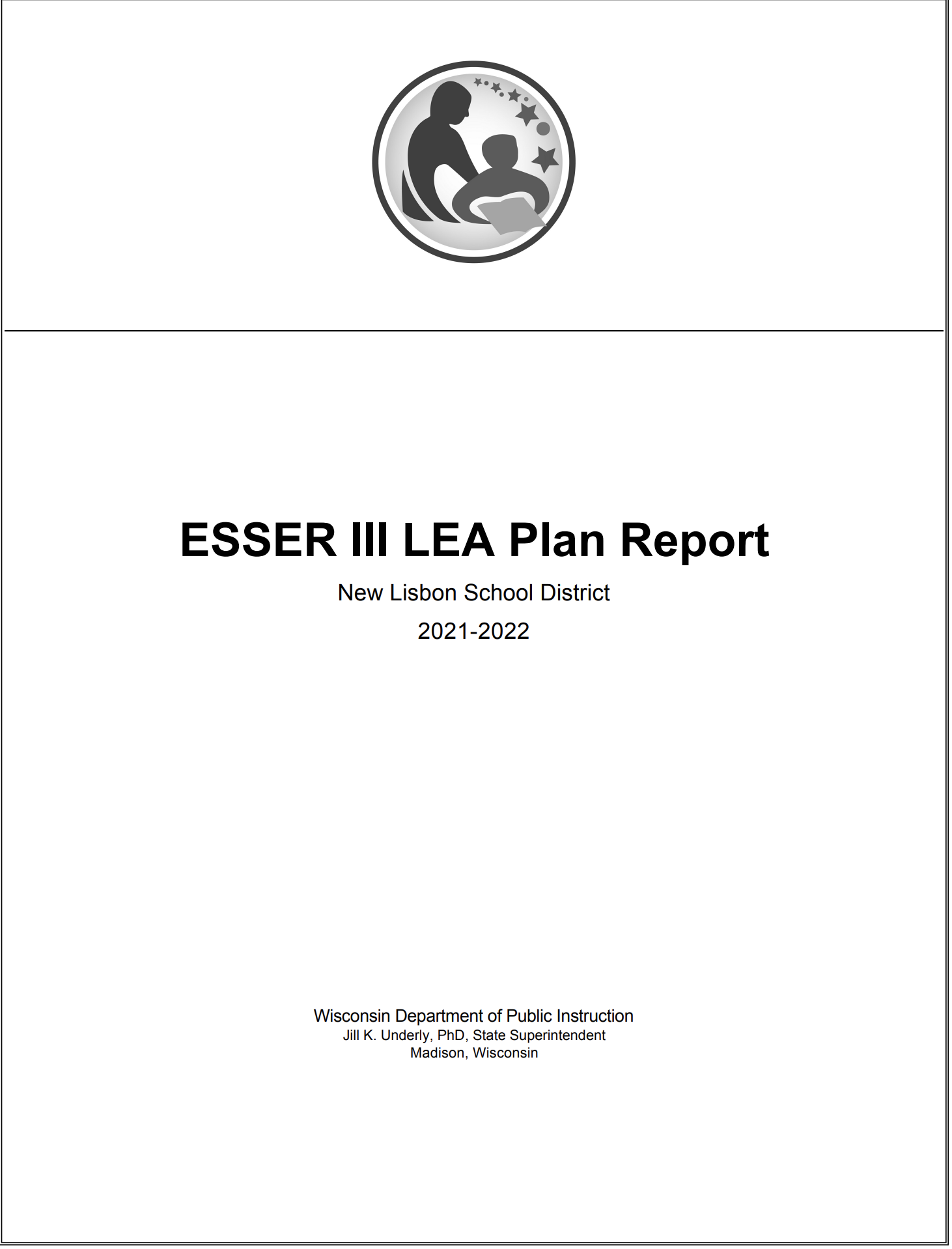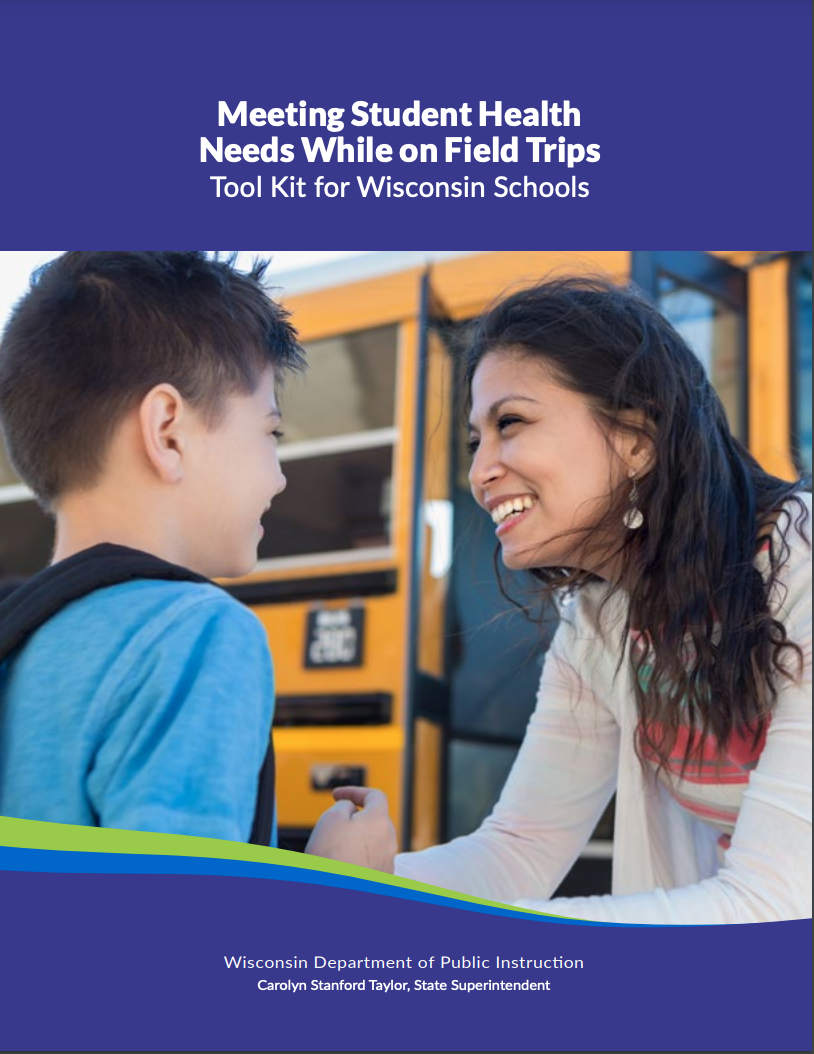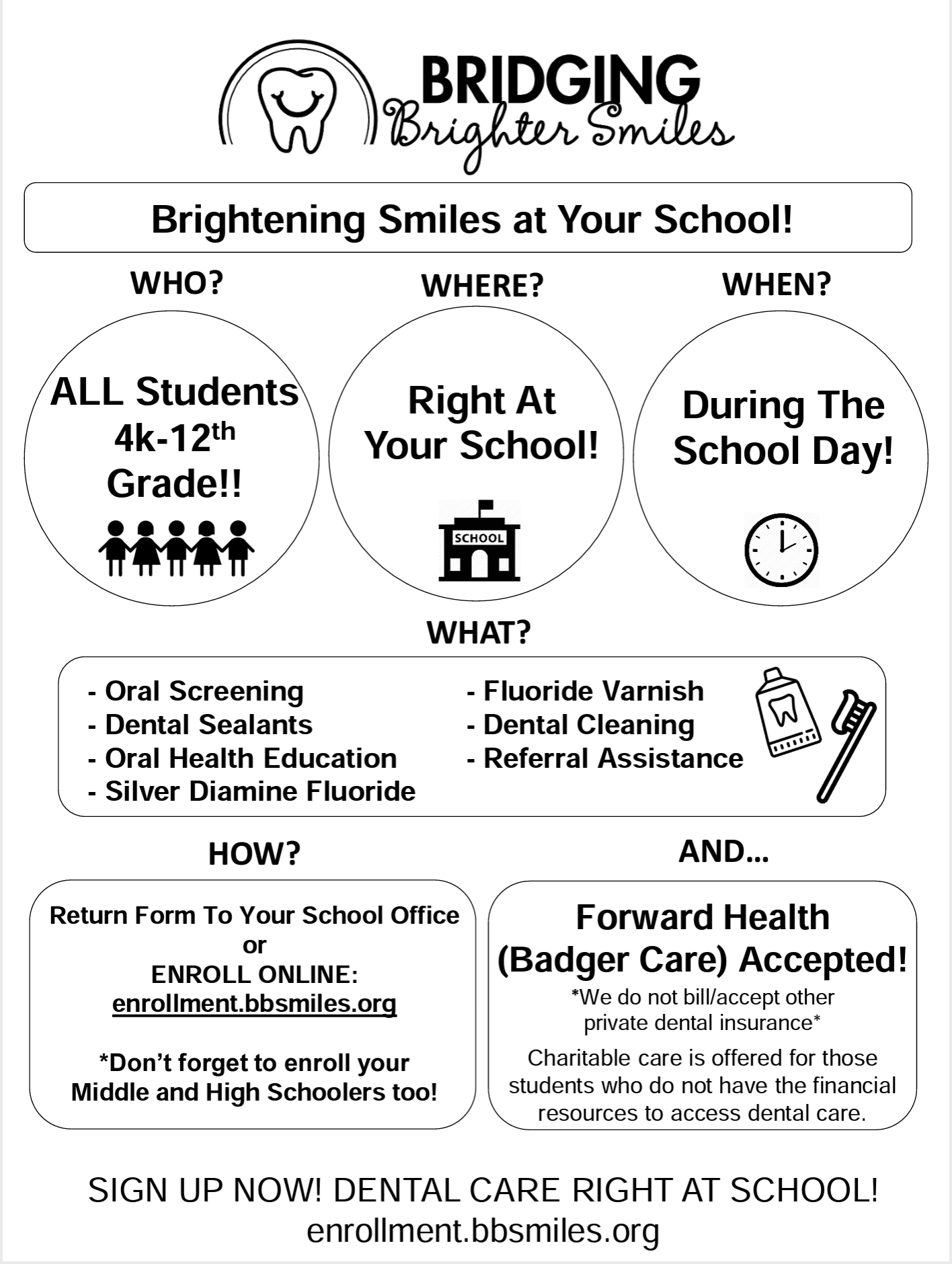HEALTH SERVICES

Link for a video put out by the Children’s Health Alliance of Wisconsin, highlighting the Seal-A-Smile program.
Online Consent Form:
COVID Response Plan
ESSER III LEA Plan
IMPORTANT LINKS
Symptoms of COVID-19
Stop the Spread
Returning Safely to School
Face Coverings In School
Coronavirus Information
Wisconsin Department of Health Services This webpage offers information specific to parents and guardians. Information on where to get vaccine and other resources are included here.
Wisconsin Office of Children's Mental Health This website has multiple resources for parents and caregivers. Check out the Feelings Thermometer.
Social distancing is the physical space between you and another person. Keep a 6 foot distance between you and other people.
Protect Yourself by
Washing your hands regularly for at least 20 seconds.
Covering your nose and mouth when you cough or sneeze.
Keeping a personal radius of six feet around yourself.
Regularly clean and disinfect commonly used surfaces and objects.
Avoid people who are sick.
Wisconsin COVID-19 Data Portal: This page offers several views of the data in Wisconsin.
Ways to Promote Children's Resilience to the COVID-19 Pandemic.
A video for children to explain coronavirus and the current situation.
INFLUENZA

IMMUNIZATIONS

CONDITION FORMS

Building Brighter Smiles Dental Program
WHAT DOES A SCHOOL NURSE DO?
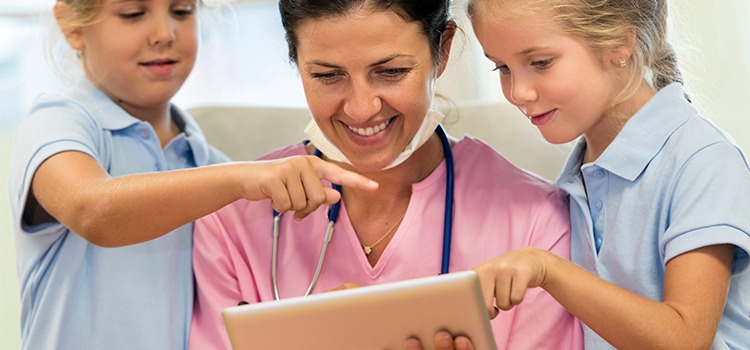
The school nurse supports student success by providing health care through assessment, intervention, and follow-up for all children within the school setting. The school nurse addresses the physical, mental, emotional, and social health needs of students and supports their achievement in the learning process.
WHEN SHOULD MY CHILD STAY HOME?
Your child should stay home from school if he has a contagious disease. A contagious disease is one that can be spread by close contact with a person or object. Examples are: chickenpox, flu, vomiting, diarrhea, colds, strep throat and "pinkeye." A disease may be contagious before the child shows signs of illness.
STAY HOME FROM SCHOOL
Here are symptoms that mean your child must stay home:
Fever. Any temperature of 100.4° Fahrenheit (38° Centigrade) is a fever, and children shouldn’t go to school with fevers. Not only are fevers a sign of some sort of infection, it also usually means that they are shedding germs right and left. There’s just no way you can know whether things will get better or worse — and while giving them medicine might bring the fever down, it won’t stop them from being contagious.
Vomiting or diarrhea. It’s unfair all around — to the child and the school or daycare — to send a child with vomiting or diarrhea no matter how well they might look to you. The same 20-24-hour rule applies, although it’s worth checking with your doctor for advice. Some viruses, such as noro-virus, can be contagious for an extra day or so. You do not want to be the parent responsible for an outbreak of noro-virus at your school or daycare, trust me.
Bad pain. If your child has a sore knee or a mild headache but is otherwise acting okay, it’s likely fine to give some medicine and send them off. But if the pain is anything more than mild, don’t do it. Pain is always something you want to keep an eye on. Keep them home and call your doctor instead.
Coughing that won’t stop — or anything different about your child’s breathing. If we kept every child with a cold home during the winter months, there would be a lot of empty classrooms. But a really bad cough not only makes it hard for a child to learn or play, it also warrants a call to the doctor, as does breathing that sounds or looks different from usual.
HEALTH SERVICE POLICIES
INJURY AND ILLNESS
All injuries must be reported to a teacher or to the office staff. If minor, the student will be treated and may return to class. If medical attention is required, the office will follow the School’s emergency procedures.
A student who becomes injured or ill during the school day should request permission from the teacher to go to the office. The school nurse will determine whether the student should remain in school or go home. No student will be released from school without proper parental permission.
IMMUNIZATIONS
Each student must have the immunizations required by the Wisconsin Department of Health and Human Services or must have an authorized waiver. If a student does not have the necessary shots or waivers, they may be excluded from school as permitted by law. This is for the safety of all students and staff. Any questions about immunizations or waivers should be directed to the school nurse.
EMERGENCY MEDICAL AUTHORIZATION
The Board has established a policy that every student must have an Emergency Medical Authorization Form completed and signed by his/her parent in order to participate in any activity off school grounds. This includes field trips, spectator trips, athletic and other extra-curricular activities, and co-curricular activities.
The school has made the Emergency Medical Authorization Form available to every parent at the time of enrollment. A student’s failure to return the completed form to school may jeopardize the student’s participation in school activities.
USE OF PRESCRIBED MEDICATIONS
In those circumstances where a student must take prescribed medication during the school day, the following guidelines are to be observed.
Parents should, with their physician’s advice, determine whether the medication schedule can be adjusted to avoid administering medication during school hours.
All medications to be administered during school hours must be registered with the nurse’s office or the junior high/high school office. All medications are to be administered under the supervision of school personnel. Medication is never to be administered by a student to another student.
Medication that is brought to the office will be properly secured.
Medication may be conveyed to school directly by the parent.
Medication MAY NOT be sent to school in a student’s lunch box, pocket, or other means on or about his/her person, except for emergency medications for allergies and/or reactions.
Any unused medication unclaimed by the parent will be destroyed by school personnel when a prescription is no longer to be administered or at the end of a school year.
A log for each prescribed medication shall be maintained which will note the personnel giving the medication, the date, and the time of day. This log will be maintained along with the physician’s written request and the parent’s written release.
ASTHMA INHALERS AND EPI-PENS
Students, with appropriate written permission from the physician and parent, may possess and use a method dose inhaler or dry powder inhaler to alleviate asthmatic symptoms. Inhalers and Epinephrine (Epi-pen) can be administered only in accordance with conditions confirmed by the school nurse and updated annually.
USE OF NON-PRESCRIPTION MEDICATIONS
Staff and volunteers will not be permitted to dispense non-prescribed, over-the-counter (OTC), medications to any student without written parental consent.
Parents may authorize the school to administer a non-prescribed medication using a form that is available at the nurse’s office. A physician does not have to authorize such medication, but all of the other conditions previously described above under Use of Prescribed Medications will also apply to non-prescribed medication. The student may be authorized on the request form by his/her parent to self-administer the medication in the presence of a school staff member. No other exceptions will be made to these requirements.
Any student who distributes a medication of any kind to another student or is found to possess a medication other than the one authorized is in violation of the school’s Code of Conduct and may be disciplined in accordance with the drug-use provision of the Code.
CONTROL OF CASUAL-CONTACT COMMUNICABLE DISEASES
Because a school has a high concentration of people, it is necessary to take specific measures when the health or safety of the group is at risk. A teacher, nurse, or principal may send home a student who is suspected of having a communicable disease and will notify the parent of such action and the reason(s) it was taken. School officials may be required to notify local health officials if they suspect a student has a covered communicable disease. School officials will comply with notification requirements of the Department of Health and Family Services in addition to notifying the student’s parent.
Any student’s removal from school will only be for the contagious period as specified in the school’s administrative guidelines.
DIRECT CONTACT COMMUNICABLE DISEASES
In the case of non-casual contact communicable diseases, the school still has the obligation to protect the safety of the staff and students. In these cases, the person in question will have his/her status reviewed by a panel of resource people to ensure that the rights of the person affected and those in contact with that person are respected. The school will seek to keep students and staff in school unless there is definitive evidence to warrant exclusion.
Non-casual contact communicable diseases include sexually transmitted diseases, AIDS (Acquired Immune Deficiency Syndrome), ARC-AIDS Related Complex, HIV (Human Immunodeficiency Virus), Hepatitis B, and other diseases that may be specified by the Wisconsin Department of Health and Human Services.
As required by Federal and State law, parents may be required to have their child’s blood checked for HIV and HBV, and other blood-borne pathogens when the child has bled at school and students or staff member have been exposed to the blood. Any testing is subject to laws protecting confidentiality.

